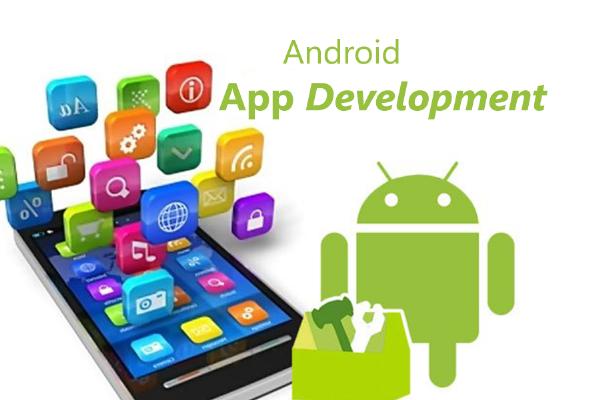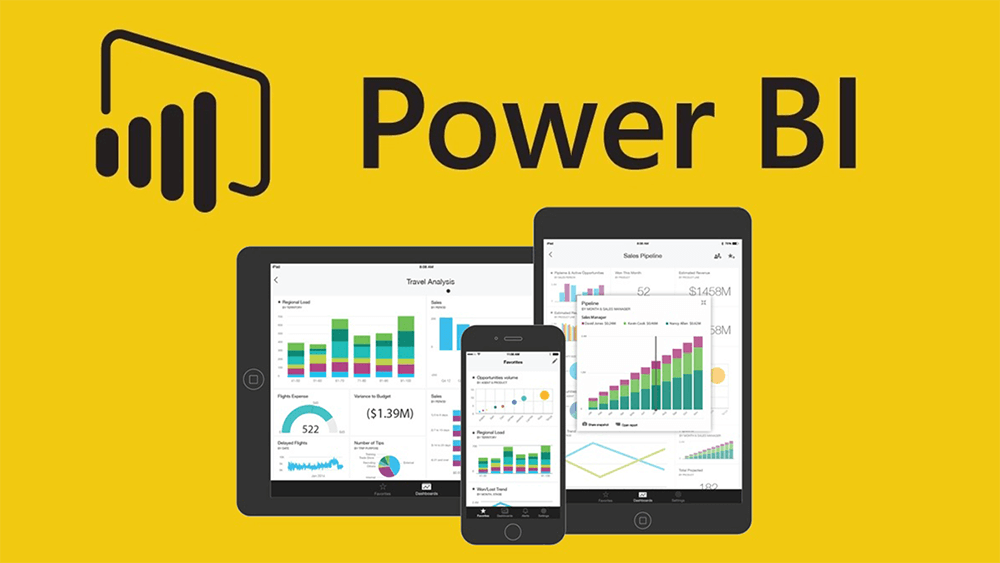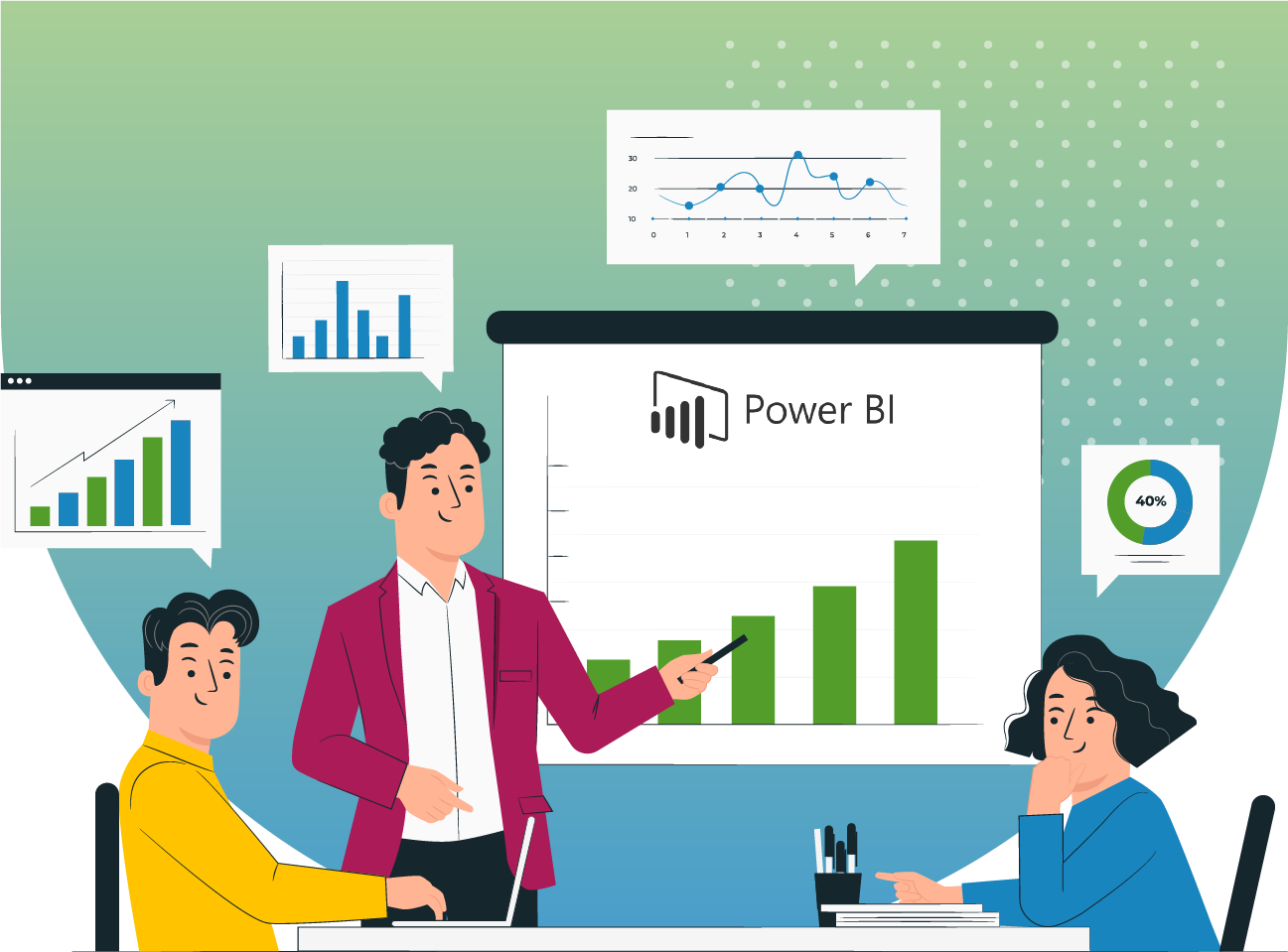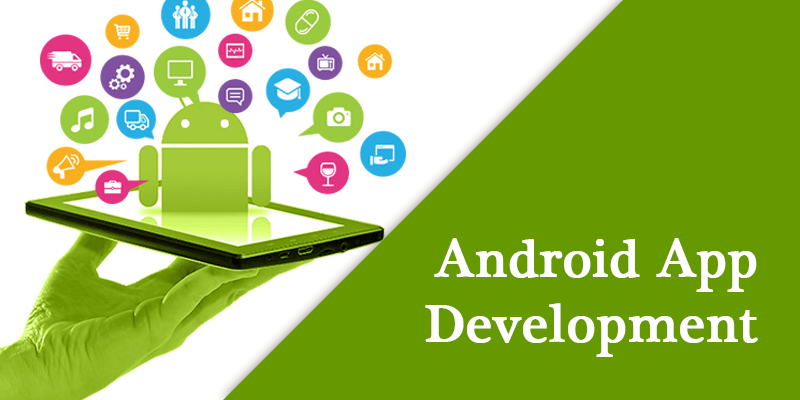 Custom SEO Strategy – Your Path to Page #1 Starts Here!
Custom SEO Strategy – Your Path to Page #1 Starts Here!
Develop a Restaurant Management System: A Complete Guide
Written by Nidhi » Updated on: June 17th, 2025

In today’s fast-paced food industry, having an efficient Restaurant Management System (RMS) is vital for streamlining operations, enhancing customer service, and boosting profitability. Whether you run a small café or a chain of restaurants, implementing a well-designed RMS can automate tasks, improve inventory management, and optimize staff performance. This comprehensive guide will walk you through the Restaurant Management System development process step by step, from concept to execution.
What is a Restaurant Management System?
A Restaurant Management System (RMS) is a software solution designed to help restaurants automate day-to-day operations such as order management, inventory control, billing, employee scheduling, and customer relationship management (CRM). It centralizes restaurant activities to improve overall efficiency and customer experience.
Key Features of a Restaurant Management System
When developing an RMS, it’s essential to include features that address the specific needs of restaurant owners, staff, and customers. Here's a breakdown of the must-have features:
1. Order Management
Efficiently handling customer orders is the core function of any RMS. A well-designed order management system should streamline the process of taking orders, transferring them to the kitchen, and tracking their status in real time.
Table Orders: Track dine-in orders.
Online Orders: Integration with food delivery platforms.
Order Modifications: Allow customers to customize their orders easily.
2. Inventory Management
The inventory management feature helps track stock levels and alerts restaurant owners when items are running low. This ensures that you can manage supplies more efficiently, minimizing waste and shortages.
Real-Time Inventory Tracking: Know how much stock is available at any given time.
Automatic Alerts: Receive notifications when stock is low.
Purchase Management: Automate the purchasing of raw materials based on stock levels.
3. Table Reservation System
Having an integrated table reservation system is essential for restaurants that allow customers to book tables in advance. This feature will help manage reservations efficiently and prevent overbooking.
Online Reservations: Customers can book tables via a web app or mobile app.
Reservation Tracking: Keep track of bookings and customer preferences.
4. Billing and Payments
Efficient billing and payment management are critical for customer satisfaction. Your RMS should support multiple payment methods and generate automated bills.
Multiple Payment Gateways: Support credit cards, digital wallets, and cash.
Split Bills: Enable customers to split bills when dining in groups.
Integration with POS Systems: Sync billing with POS for real-time tracking.
5. Employee Management
Your system should also help manage your staff by automating scheduling, shift assignments, and payroll calculations.
Shift Scheduling: Automate employee schedules based on availability.
Performance Tracking: Monitor employee performance and attendance.
Payroll Management: Automate payroll based on hours worked and tips earned.
6. Customer Relationship Management (CRM)
Building strong relationships with customers is crucial for restaurant success. Your RMS should have a CRM module to help manage customer data, preferences, and feedback.
Customer Profiles: Maintain detailed profiles with contact info and past orders.
Loyalty Programs: Offer rewards for regular customers.
Customer Feedback: Allow customers to provide feedback after their dining experience.
7. Analytics and Reporting
Comprehensive analytics and reporting tools will help restaurant owners make data-driven decisions. Your RMS should generate reports on sales, inventory, employee performance, and customer preferences.
Sales Reports: Analyze daily, weekly, and monthly sales data.
Inventory Reports: Monitor inventory turnover rates.
Employee Performance: Track staff productivity and customer satisfaction rates.
Step-by-Step Guide to Developing a Restaurant Management System
Now that we've covered the key features of an RMS, let’s walk through the development process, ensuring your Restaurant Management System development project is a success.
Step 1: Research and Planning
Before starting development, conduct thorough research to understand your target audience's needs. Are you developing an RMS for a small restaurant, a franchise, or a fine-dining establishment? The scope of your project will dictate the features and technology stack.
Identify Pain Points: What challenges do restaurants face that your system will solve?
Analyze Competitors: Study existing RMS solutions to identify gaps in the market.
Budgeting: Determine your budget and resources needed for development.
Step 2: Define the Features
Based on your research, outline the specific features your RMS will offer. Make sure to prioritize features that offer the most value to restaurant owners and staff.
Step 3: Choose the Right Technology Stack
Choosing the right technology stack is critical to the success of your RMS. Here’s a suggested stack for developing an RMS:
Frontend: React.js or Angular for web-based systems, Flutter or React Native for mobile apps.
Backend: Node.js or Django for scalable back-end development.
Database: MySQL or PostgreSQL for structured data storage.
Payment Gateway Integration: Stripe, PayPal, or Razorpay.
Cloud Infrastructure: AWS or Google Cloud for hosting.
If you're developing for Android, consider working with an experienced Android app development consultant to ensure the app is optimized for performance on Android devices.
Step 4: Wireframing and UI/UX Design
Once the features and technology stack are decided, create wireframes and design the UI/UX. The system should be easy to navigate for both restaurant staff and customers.
User-Centric Design: Focus on simplicity and ease of use.
Mobile-First Approach: Ensure the system is responsive and works seamlessly on mobile devices.
Step 5: Development
Now, it’s time to start coding the RMS. The development process will be divided into different modules:
Order Management Module: Develop features like table orders, online orders, and order tracking.
Inventory Management Module: Implement real-time inventory tracking and automated alerts.
Payment Gateway Integration: Enable secure payment options.
Employee Management Module: Build features for shift scheduling, payroll, and performance tracking.
You can work with a food delivery application development team to integrate your RMS with existing food delivery platforms.
Step 6: Testing
Testing is crucial to ensure the system works without issues. Conduct functional, usability, and load testing to identify and fix any bugs.
Functional Testing: Ensure that all features (like order management, billing, and payments) work properly.
Load Testing: Make sure the system can handle high traffic during peak hours.
Security Testing: Protect sensitive customer and payment data.
Step 7: Deployment
Once testing is complete, deploy the RMS. For cloud-based solutions, use platforms like AWS or Google Cloud to ensure scalability and reliability.
Step 8: Post-Launch Support and Updates
After deployment, provide ongoing support to resolve issues and release new features. Monitor system performance and make updates as necessary based on user feedback.
Benefits of a Restaurant Management System
Investing in a well-designed RMS offers numerous benefits for restaurants:
Increased Efficiency: Automate tasks like order management, billing, and inventory tracking.
Improved Customer Experience: Provide seamless online ordering, faster service, and personalized experiences.
Better Inventory Control: Track stock in real-time and avoid wastage.
Data-Driven Decisions: Use analytics and reports to optimize operations and boost profitability.
Conclusion
Developing a Restaurant Management System can significantly improve restaurant operations, from streamlining order management to optimizing staff performance. By following this guide and partnering with the right Android app development consultant or food delivery application development team, you can create a scalable, feature-rich system that caters to the unique needs of the restaurant industry.
Note: IndiBlogHub features both user-submitted and editorial content. We do not verify third-party contributions. Read our Disclaimer and Privacy Policyfor details.
Copyright © 2019-2025 IndiBlogHub.com. All rights reserved. Hosted on DigitalOcean for fast, reliable performance.

















